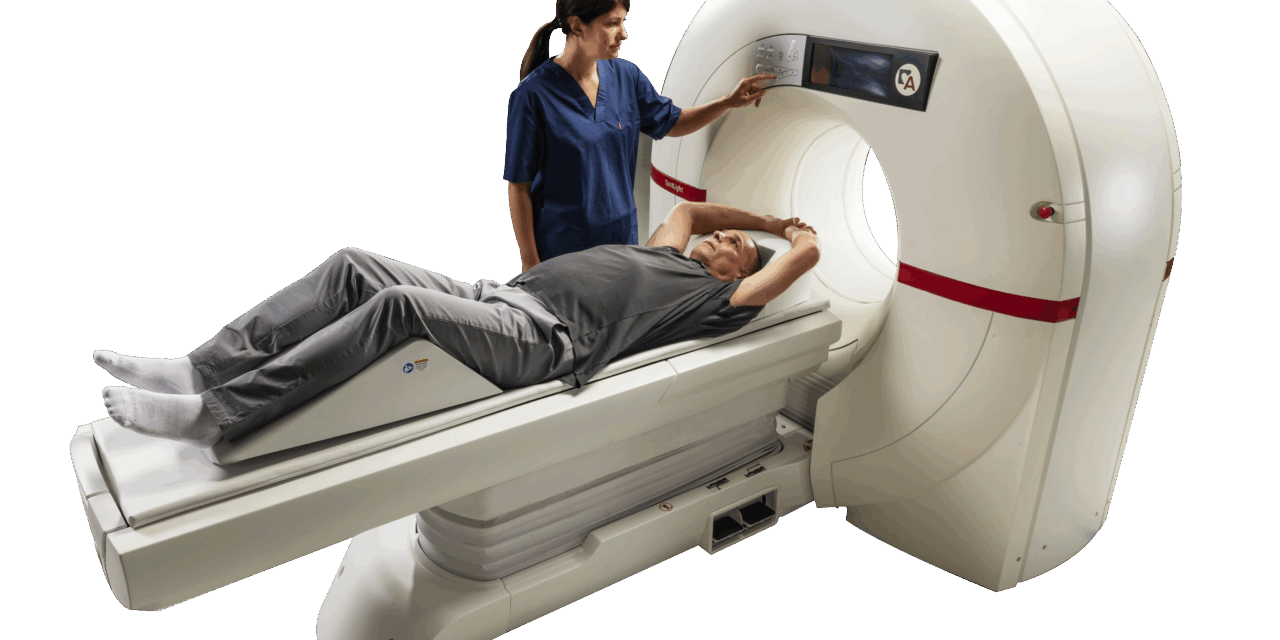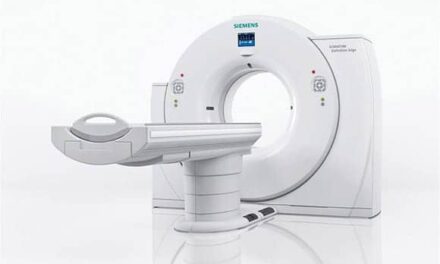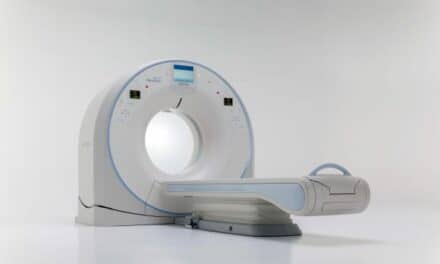Jeffrey Boone, MD, founder of Boone Heart Institute, discusses how the integration of low-radiation CT technology is improving patient safety and expanding access to early cardiac imaging.
Interview by Alyx Arnett
Radiation exposure is a well-known concern in medical imaging, particularly in computed tomography (CT) scans, where the ionizing radiation can have long-term health risks, including an increased risk of cancer and cardiovascular disease. Coronary computed tomography angiography (CCTA) has traditionally been associated with higher radiation doses, which raises concerns for patients who require frequent imaging.
Advancements in CT technology are now reducing radiation exposure while maintaining image quality. In particular, low-radiation cardiac CT scanners now offer radiation levels as low as 2-3 millisieverts—below the typical 15-30 millisieverts in traditional CT scans.
Jeffrey Boone, MD, MS, founder and medical director of Boone Heart Institute, has integrated low-dose CT technology into his practice, where he says it is improving both patient safety and diagnostic capabilities.
24×7: Why is radiation exposure such a significant concern in cardiac CT, and how does it influence your decision-making around imaging?
Boone: Ionizing radiation is a recognized carcinogen, so we always want to minimize exposure when we can. In emergencies, we don’t think much about it when imaging is needed urgently. But CCTA is elective and ideally used before symptoms of cardiovascular disease appear.
At the Boone Heart Institute, we use the Arineta SpotLight Duo, a high-speed, low-dose scanner, along with great technicians, attentive radiologists, and excellent nursing support to manage heart rate. With the right setup, we can bring radiation levels for CCTA to levels seen in mammography.
24×7: What types of patients benefit most from low-dose CCTA, and has it expanded access to imaging for populations who previously may not have been good candidates?
Boone: Low-radiation atherosclerosis plaque imaging should eventually be performed in all adults starting at age 40, or 10 years earlier than the earliest onset of heart disease in their family. With lower radiation exposure, more people can safely get scanned earlier before symptoms appear. Preventive treatments guided by CCTA have the potential to eradicate coronary artery disease, which has been the world’s leading cause of death for the past century.
24×7: What innovations have enabled a reduction in radiation exposure without compromising image quality?
Boone: The SpotLight Duo captures 560 slices per heartbeat while maintaining high image quality. This whole-heart coverage, coupled with medication to lower heart rates on the day of testing and precise technical positioning of the patient during imaging, has helped us ease worries about excess radiation exposure.
24×7: How has integrating low-dose CCTA changed your clinical workflow or impacted diagnostic confidence?
Boone: Because of the accuracy of AI-driven images captured with the SpotLight Duo and the low radiation exposure, we have been able to expand the use of CCTA in the Boone Heart Protocol. This has allowed us to identify risk earlier and help prevent premature cardiac events and, in some cases, even death.
24×7: Are there any limitations or considerations when using low-dose cardiac CT in specific patient populations?
Boone: Not in our preventive population. That said, the radiologists we partner with may flag certain considerations for patients with pacemakers, atrial fibrillation, defibrillators, and similar conditions.
24×7: What advice would you give to those considering a shift toward low-radiation CT technology?
Boone: I believe this technology has the potential to eradicate heart disease and stroke if applied appropriately and paired with aggressive treatment protocols.
Avoiding unnecessary ionizing radiation is still a major component of our preventive cardiology evaluation at the Boone Heart Institute. Much of our atherosclerosis imaging is accomplished with safe ultrasound of the heart, carotids, abdominal aorta, and peripheral arteries of the lower extremities.
Now, we strengthened these tests with low-radiation CCTA…We believe that the lifelong benefits of these cutting-edge images are well worth the very low radiation exposure that comes with them.
Photo caption: Patient in the Arineta SpotLight Duo
Photo credit: Boone Heart Institute





